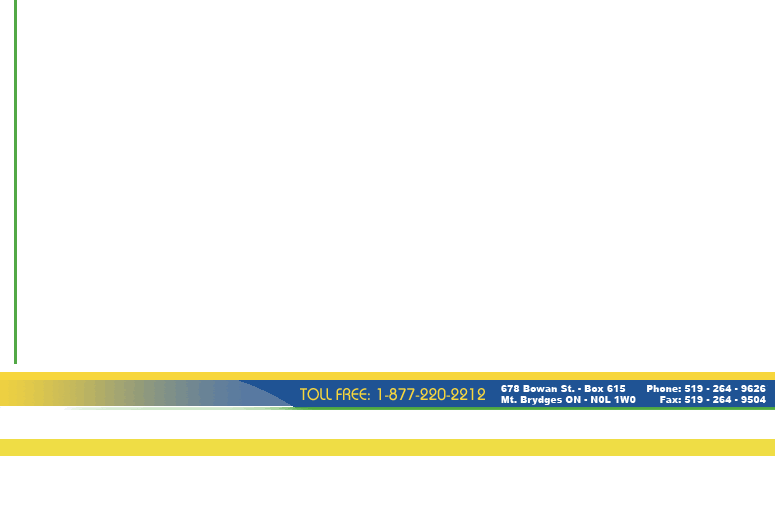Maximum
Swine
Marketing Ltd. Newsletter
Hog Commentary for
October 13th, 2004
Hog Markets
Cash hog prices have continued to drop in value over the past
week after hitting a high on the 23rd of September. In spite
of the lower cash prices, fundamentals appear to be improving.
Last week¹s slaughter was the first time this year when
weekly slaughter was smaller than the same week last year (not
including short weeks). Cutout values also moved higher last
week, as did packer margins moving from negative to positive
in the past week. As margins remain positive and improve, the
lower pressure on the cash should come to halt.
The department of Commerce will announce at the end of this
week a preliminary antidumping rate against Canadian hogs exported
to the US. Exports of Canadian market hogs are expected to be
higher this week, ahead of the tariff, and lower next week.
The market should also benefit from smaller slaughter numbers.
Expectations are for weekly slaughter numbers to be steady to
smaller than last year from now to the end of the year. This
is in contrast to the year so far, slaughter has been 3% larger
than last year. A large tariff at the end of the week could
be supportive to futures prices, producers should wait for after
the announcement to do any short hedging.
Feed Markets
New crop corn futures traded the week within cents of contract
lows before posting small gains ahead of the USDA S/D report
released on Tuesday. Those small gains were quickly erased as
corn dropped to new lows of $1.97 US per bushel in the Dec contract
following the release of the S&D report. Production estimated
at 11.613 was reported at the high end of trade estimates contributing
to the negativity. Ending stocks surged to 1.691 billion bushels
for next year compared to the September number of 1.209.
Cash soymeal prices were steady until Tuesday when a larger
than expected US soybean crop, predicted by the USDA, sent bean
and meal prices lower. Cash soymeal has reached the lowest level
of the year and is expected to continue to trade under pressure
until further harvest is complete. Basis levels were narrowed
due to the sharp losses in the futures but are expected to improve
once the availability of new crop soybeans improves.

